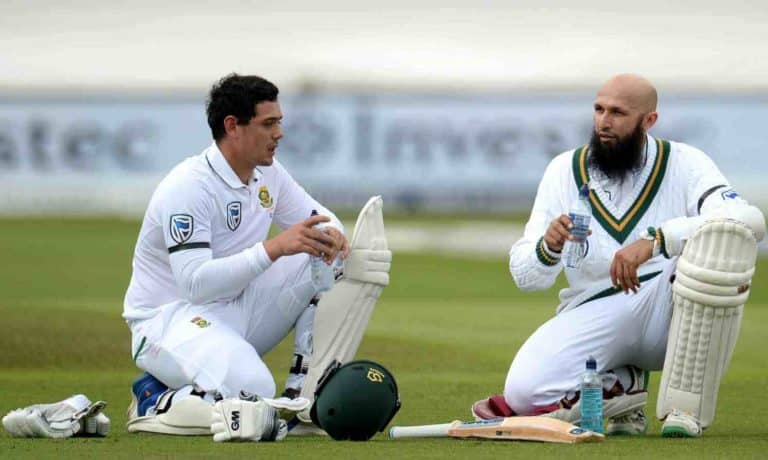Picking an all-rounder and moving Quinton de Kock up the order were two sustainable selection decisions to work from, writes TOM SIZELAND.
The British media will try to tell you otherwise, but England’s capitulation at Trent Bridge wasn’t just their own doing. The Proteas made a number of big calls, on and off the field, and it prevented their opponents from ever building up a head of steam.
I say big calls, but in theory they were pretty straightforward, and Quinton de Kock’s promotion up the order was one of them. De Kock is one of, if not the best, batsman in that South African lineup. He’s said himself that he wants to bat higher up the order, so if he’s good enough to bat at No 4, then put him there. They did, and he scored 68 off 81 balls at the first time of asking.
And the theory that anywhere higher than No 7 will affect his workload is nonsense. Take a look at the other wicketkeepers in the national sides, and you’ll find England’s Jonny Bairstow at No 5 and Bangladesh’s Mushfiqur Rahim at No 5/6, while Regis Chakabva opened for Zimbabwe against Sri Lanka earlier in the week. The only reason the likes of Australia’s Matthew Wade and Wriddhiman Saha of India bat further down the order, is because they aren’t good enough to bat higher.
De Kock’s promotion up the order was made easier by the inclusion of an all-rounder at No 7. It was tough on Theunis de Bruyn to be dropped from the side, but Chris Morris and Vernon Philander justified this setup with their all-round efforts. Philander scored 54 and 42, while Morris took match figures of 5-52.
This is the template the selectors should work from. There’s more balance to it; there’s more resources to turn to. A top six with two all-rounders looks so much better than a top seven with one all-rounder. That’s not necessarily going to work every time; Philander might not necessarily be able to hold on to No 7 forever, and you can’t judge Morris’ form on one match, but for the remainder of the series at least, this is the correct formula.
And this is what the selectors have been pushing for. It’s the reason Andile Phehlukwayo is in the squad, and it’s the reason the likes of batting all-rounders Wiaan Mulder and Jason Smith are being fast-tracked into senior squads. The void left by Jacques Kallis four years ago is still felt, and the selectors have finally realised that it’s going to take two players to plug that gap until a Smith or a Mulder make the grade to the highest level.
With Faf du Plessis back in the side and leading the team, the players have someone they can look to for direction, authority and motivation. There was a point in that 211-run defeat at Lord’s where the Proteas looked completely lost as to what to do. England had amassed 458, and the Proteas were stranded on 104-4. They were sitting ducks, with very little leadership to turn to.
Fast forward to day three at Trent Bridge, and I haven’t seen South Africa in command to quite that extent for some time. Hashim Amla and Du Plessis were happy to bat below three to the over and completely bash the spirits out of the English. That’s Test cricket at its best.





